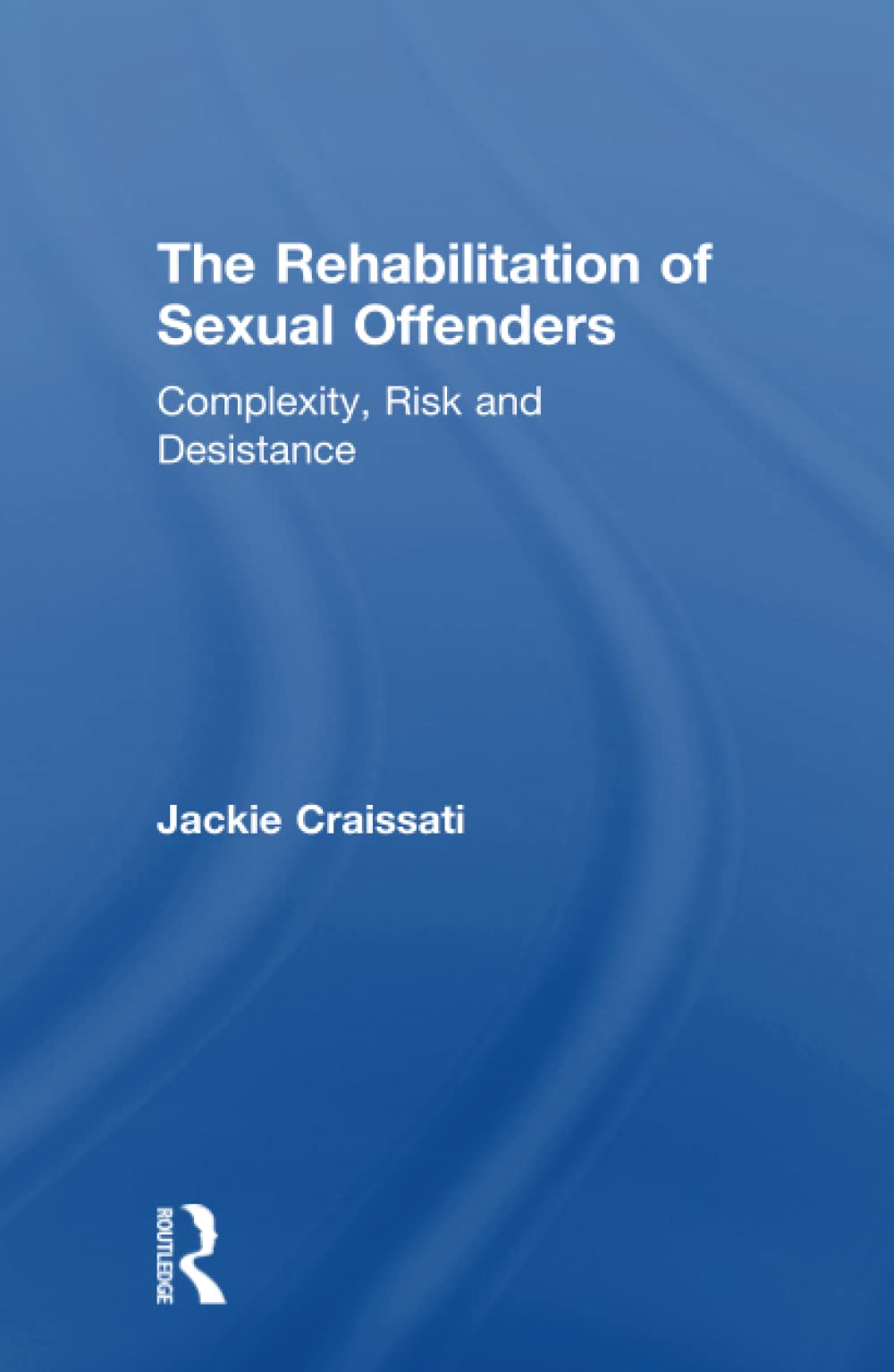

Most ebook files are in PDF format, so you can easily read them using various software such as Foxit Reader or directly on the Google Chrome browser.
Some ebook files are released by publishers in other formats such as .awz, .mobi, .epub, .fb2, etc. You may need to install specific software to read these formats on mobile/PC, such as Calibre.
Please read the tutorial at this link: https://ebookbell.com/faq
We offer FREE conversion to the popular formats you request; however, this may take some time. Therefore, right after payment, please email us, and we will try to provide the service as quickly as possible.
For some exceptional file formats or broken links (if any), please refrain from opening any disputes. Instead, email us first, and we will try to assist within a maximum of 6 hours.
EbookBell Team

5.0
50 reviewsSexual offenders – arguably the most hated and feared of all offenders – commit their crimes in our communities and are then hidden from public view as they serve long prison sentences. However, despite the public’s understandable anxiety, our criminal justice systems hold to the premise that almost all offenders have the right to hope for rehabilitation, even redemption. Therefore the majority of sexual offenders return to live in our communities, closely monitored by criminal justice agencies and subject to rigorous controls.
This book provides an authoritative guide to working with sexual offenders, with a focus on managing those who are reintegrating into the community. It includes those with the most striking histories of trauma and psychological difficulty, and those who have previously failed in their attempts at resettlement. It covers helpful theoretical ideas, such as attachment theory and models of desistance, as well as the latest evidence base for good quality risk assessment.
The book supports practitioners on the front line of this work by providing them with evidence-based guidance. It presents a multitude of case examples and practice tips that can support effective decision making and achieve safe outcomes, as well as help such offenders build worthwhile community lives.